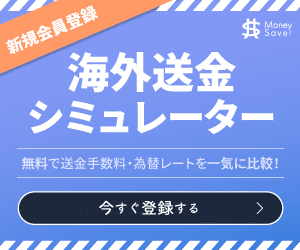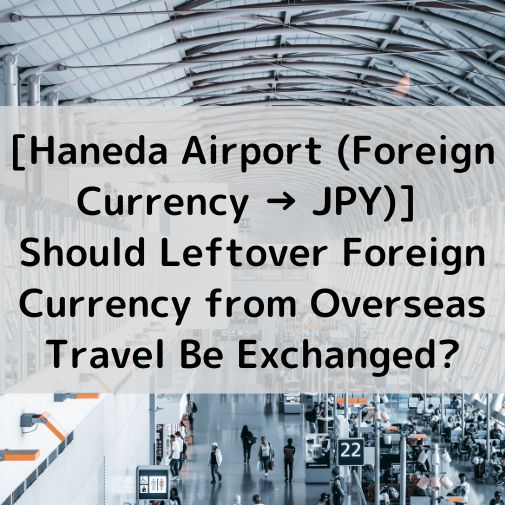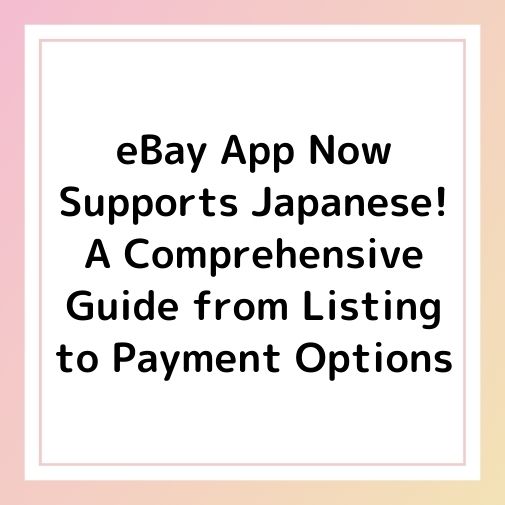Expert Guide to Overseas Remittance Fees: Understanding Deposit Charges in Japan
2023-05-11

This article provides an explanation of the first fee that occurs when making an international money transfer. If you would like to understand the overall overview of the fees involved, please refer to this article first.
What is a deposit fee?
There are five types of fees (1. Deposit fee, 2. Exchange Rate and Currency Conversion fee, 3. Transfer fee, 4. Intermediary Bank fee, 5. Receiving fee) that are incurred when making an international money transfer.
5 Fees incurred during International Money Transfers:
- Deposit fee
- Exchange Rate and Currency Conversion fee
- Transfer fee
- Intermediary Bank fee
- Receiving fee
In this article, we will explain in detail the first fee to occur, the “deposit fee”.

To make an international money transfer, it is necessary to first deposit the transfer funds with an international money transfer provider, and the fee incurred during this process is called the “deposit fee.” There are mainly four ways to deposit funds into an international money transfer provider.
Deposit Methods
- Cash deposit at a Counter
- Bank Transfer to the provider’s bank account
- Deposit via a Deposit Card at an ATM
- Deposit via a Remit Card at an ATM
Overview of Deposit Fee

①Counter (Cash Handover)
The first deposit method is to hand over funds directly to the overseas remittance service provider at their counter. If you use this method, it may be considered that you haven’t gone through a deposit process, so some overseas remittance service providers may not charge a deposit fee. On the other hand, the disadvantage is that you need to go to the store counter in person, which incurs the so-called “labor cost” of the sender’s time, transportation expenses, gasoline fees, and so on. Additionally, if the amount of money to be transferred is high, such as 1 million yen, there is a risk of theft or loss during transportation when carrying the money by hand.
Note that even if you bring funds to the counter, some overseas remittance service providers may charge a deposit fee (because the money needs to be first deposited into a special overseas remittance account before being sent). Be sure to contact your chosen overseas remittance service provider in advance and confirm whether a deposit fee will be charged in this case.
② Bank Account Transfer
The second deposit method is a bank account transfer. You transfer the funds from your own bank account to the bank account specified by the overseas remittance service provider. The important point to note here is that the name on the bank account used for the transfer must match the name registered with the overseas remittance service provider. There is generally no fee to be paid to the overseas remittance service provider when using this method, but you will need to pay a transfer fee to your own bank, which ranges from free to around 300 yen. If you have a bank account with the same bank as the one specified by the overseas remittance service provider, you can reduce the fee by conducting transactions within the same bank. Some banks, such as Resona Bank SBI Net Bank, also allow you to reduce transfer fees under certain conditions. By making efforts, you can reduce deposit fees, so bank account transfers are the most recommended deposit method.
※For information on major banks’ account transfer fees, please refer to this article.
③Deposit Card
When opening an overseas remittance account, some overseas remittance companies issue a card (deposit card) associated with the account. You can deposit the remittance funds by inserting this deposit card into a convenience store ATM. The fee for this service is typically around 300 to 500 yen. Unlike the remit card introduced in section ④, with a deposit card, you can deposit the money for multiple remittances together in one transaction. If you have extra money and plan to make multiple remittances, it is recommended to deposit the funds together to save on transaction fees.
Please note that there is a limit on the amount you can deposit per ATM transaction. Lawson and Seven Bank’s ATM deposit limit is 500,000 yen per transaction, while Japan Post Bank’s limit is 1 million yen per transaction. If you want to make an overseas remittance of 500,000 yen or more through a convenience store ATM, you will need to make two deposits, which will double the transaction fees. In this case, it is recommended to use bank transfer as a deposit method to save on fees.
④Remit Card
A remit card is a remittance card associated with an overseas remittance account and recipient. Prior to remitting, the recipient and the recipient’s account are registered with the overseas remittance company, and a remit card is issued for each recipient. When you deposit funds by inserting the remit card into an ATM, the funds are automatically remitted to the recipient associated with the card. For example, if you deposit 300,000 yen with a remit card, the recipient will receive 300,000 yen at that moment (unlike with a deposit card, you cannot split the amount over multiple remittances). In this case, a fee of 300 to 500 yen is charged as a deposit fee and ATM usage fee.
Please note that there is a limit on the amount you can deposit per ATM transaction. Lawson and Seven Bank’s ATM deposit limit is 500,000 yen per transaction, while Japan Post Bank’s limit is 1 million yen per transaction. If you plan to remit more than 500,000 yen through a convenience store ATM, be aware that the limit for remittances through these machines is 500,000 yen. If you need to remit more than that amount, it is recommended to use bank transfer as a deposit method.
※For a list of companies issuing deposit cards and remit cards and their fees, please refer to this article.
Summary
In this article, we explained the deposit fees. There are four deposit methods, each with different fees, but remember that the typical fee for any deposit method is usually below 500 yen.
To save on deposit fees, especially when sending more than 500,000 yen, we recommend depositing (i.e., transferring) funds to the overseas money transfer provider through bank transfer.


 Language
Language














